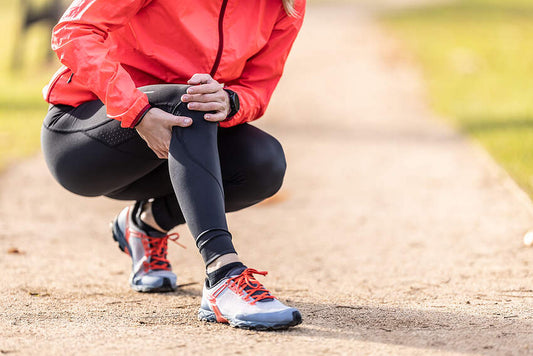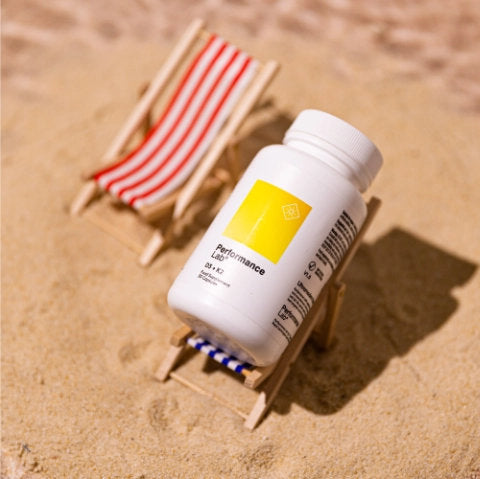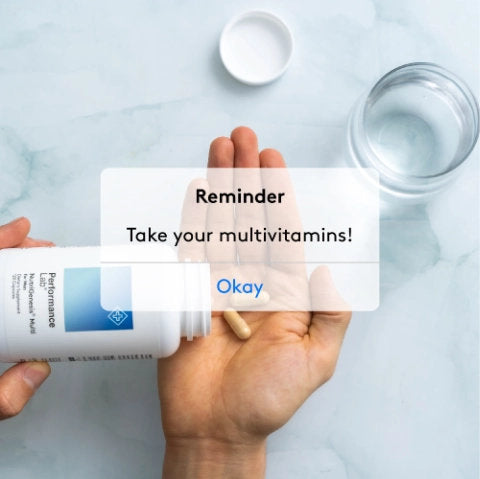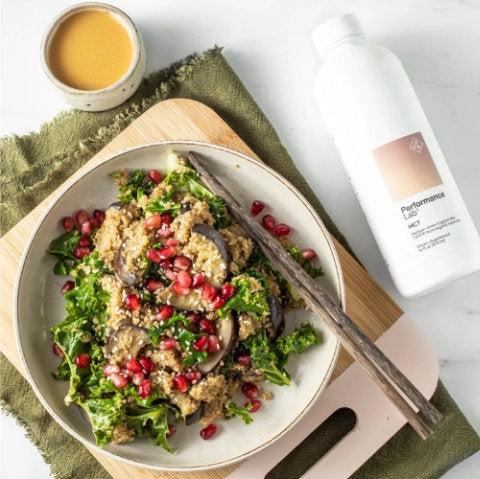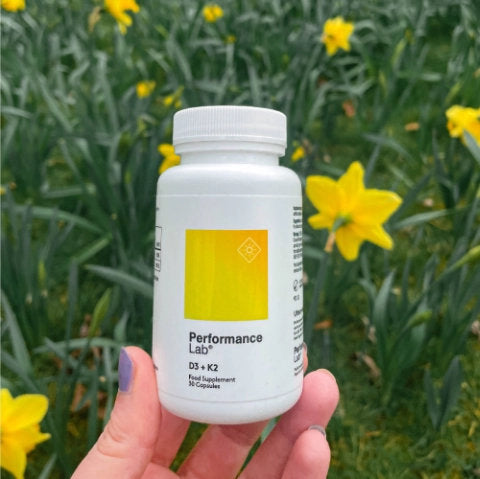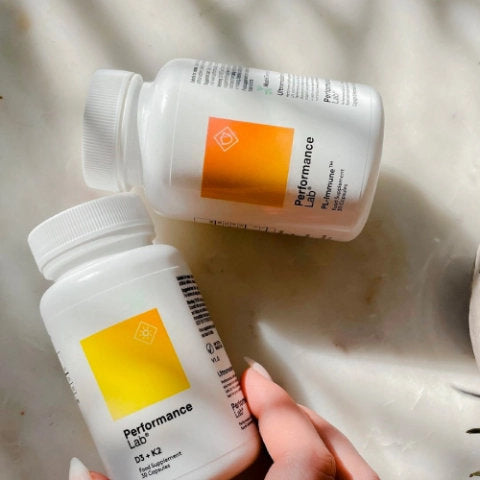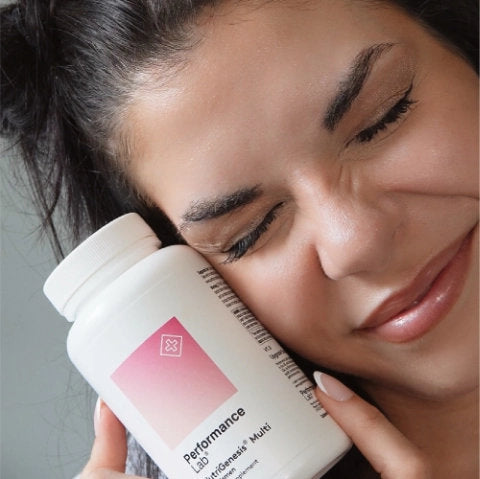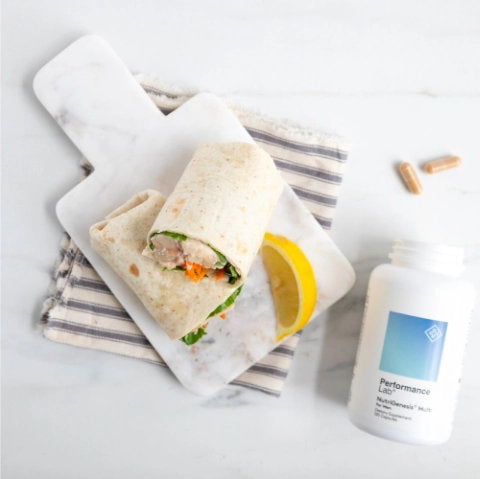Turmeric is a spice we all know and love. It’s been a staple in Indian culture for thousands of years, not just as a flavor-enhancer to traditional dishes, but as a powerful remedy for all sorts of health ailments.
With its prolonged use in Eastern cultures, the West has finally caught on to the potent medical properties this tiny, brilliant colored root has to offer. With over 3000 publications on turmeric alone in the last 25 years, it’s no wonder that we’re constantly surprised with what this plant can do 1.
If you’re new to the world of turmeric or have dipped your toes in, we’re talking about everything turmeric and its active constituent curcumin have to offer, and how you can maximize the benefits you receive.
What Is Turmeric?
If you’ve ever seen a small root that looks like ginger but is bright yellow inside, you’ve seen turmeric root. More often than not, we recognize it as the bright yellow spice that’s native to many Indian dishes, but when it comes to the benefits of consuming turmeric, it’s more than just for flavor.
Turmeric is derived from the Curcuma longa plant, a rhizomatous perennial belonging to the ginger family 1. The rhizome, the tuberous portion of the plant, is what creates turmeric; they are dried and ground into a yellow powder offering a bitter, slightly acrid, but subtly sweet taste.
But when it comes to why we love turmeric so much, looking at the composition can give you some indication before diving into the benefits.
With more than 100 compounds isolated from turmeric, there’s one we know better than all the others—curcumin 1. The plant itself contains an abundance of essential oils (turmerones, atlantones, zingiberene) and curcuminoids, including curcumin 2.
Curcumin is a polyphenol derived from turmeric that possesses powerful anti-inflammatory and anti-cancer properties.
In Eastern medicine practices, where turmeric has been a staple for thousands of years, it’s a well-known remedy for treating various respiratory conditions, along with liver disorders, rheumatism, diabetic wounds, and sinusitis 1.
In traditional Chinese medicine, it’s commonly used to treat diseases associated with abdominal pain. And if that’s not enough, it’s also known to improve blood circulation, support digestion, and reduce gas and bloating.
Basically, where turmeric is concerned, you can’t go wrong.
With that said, let’s take a look at some of the major benefits of turmeric and why it should be part of your supplement stack.
The Benefits Of Turmeric
Curcumin, the main polyphenol in turmeric, has been shown to target both singling molecules and elicit activity at a cellular level, which is the reason it offers such powerful benefits. It’s been shown to improve 3:
- Inflammation
- Metabolic syndrome
- Pain
- Manage inflammatory conditions
- Arthritis
- Anxiety
- Hyperlipidemia
But it also possesses powerful anti-inflammatory and antioxidant properties, making it a beneficial supplement for managing exercise-induced inflammation and muscle soreness, thereby enhancing and accelerating recovery and performance in athletes.
#1 Antioxidant
Part of the reason curcumin is so beneficial for a wide range of conditions is its antioxidant properties and its ability to improve systemic markers of oxidative stress 6.
Studies actually find that curcumin may be capable of increasing powerful endogenous antioxidants like superoxide dismutase (SOD), and increasing the activity of catalase, glutathione peroxidase (GSH), and lipid peroxides.
It acts as a powerful antioxidant by scavenging various forms of free radicals, modulating the activity of GSH, catalase, and SOD enzymes, and inhibiting ROS-generating enzymes 3.
#2 Anti-inflammatory
Oxidative stress is one of the significant underlying factors involved in the development of several chronic diseases, and increasing levels of inflammation are closely linked to its pathological processes. These chronic diseases include 3:
- Alzheimer’s disease (AD)
- Parkinson’s disease
- Multiple sclerosis (MS)
- Epilepsy
- Cardiovascular disease
- Metabolic syndrome
- Cancer
- Allergies
- Asthma
- Arthritis
- Autoimmunity
- Diabetes
- Obesity
- Depression
- Fatigue
Interestingly, research shows that inflammatory cells release reactive species at the site of inflammation, which contributes to oxidative stress, hence the link between oxidative stress and inflammation 4.
Tumor necrosis factor-α (TNF-α) is an important modulator of inflammation, and the effect it plays is regulated by activation of a transcription factor called nuclear factor (NF)-κB; TNF-α is the most potent activator of NF-κB, but TNF-α is also regulated by NF-κB, so the relationship is bidirectional 3.
But because NF-κB is also activated by a host of other factors, compounds that downregulate NF-κB and NF-κB–regulated gene products may be beneficial for reducing inflammation, oxidative stress, and the slew of diseases that amount from them.
Studies repeatedly show that curcumin is capable of modifying NF-κB signaling, proinflammatory cytokine release (interleukins, etc.), and regulating activity of phospholipase A2, COX-2, and 5-LOX, in addition to modulating the expression of several transcription factors involved in energy metabolism 5. Simply put, all of this works to mitigate inflammation and reduce levels of oxidative stress.
Why Combine Turmeric + BioPerine?
The thing with turmeric is that despite all the powerful anti-inflammatory and antioxidant benefits, one of the major issues with supplementing curcumin is its very poor bioavailability 6.
Plasma levels remain low upon the consumption of pure turmeric or curcumin because it has poor absorption, rapid metabolism, and rapid systemic elimination.
To improve bioavailability, there are several options you can choose 8:
- Use of an adjuvant like piperine that interferes with glucuronidation
- Liposomal curcumin (emulsified in fat)
- Curcumin nanoparticles
- Curcumin phospholipid complex
- Use of structural analogues of curcumin
The first two are your best bet, but the easiest option is to ensure that any curcumin (or turmeric) supplement contains black pepper extract in the form of BioPerine®—a patented black pepper extract standardized to a minimum of 95% piperine that can enhance nutrient bioavailability by up to 30%.
Studies actually show that combining piperine with turmeric can enhance the bioavailability of curcumin by a whopping 2000% 7.
Learn about what is bioperine, benefits, and more here.
How Much For Joint Health?
When it comes to relieving inflammation and supporting joint health with curcumin, how much is enough?
A 2016 systematic review and meta-analysis of the effects of curcumin supplementation on alleviating symptoms of joint arthritis looked at studies ranging in supplementation dosage and duration, finding some of the following results 5:
- 250mg 4x/day for six weeks showed similar results to Ibuprofen
- 500mg 2x/day for eight weeks resulted in significant improvements for rheumatoid arthritis
- 500 mg + 375mg glucosamine 2x/day for 42 days was effective for pain and reduced the need for medication
- Curcumin 500 mg + Bioperine 5 mg 3x/day for six weeks was effective for reducing symptoms of osteoarthritis
- 1125–1275mg/day for four weeks was equally as effective as Ibuprofen with fewer side effects
Taken together, most studies recommend an average daily intake of 1000mg curcumin extract for optimal effects, especially where joint health is concerned.
With Performance Lab® Flex, however, you’re getting 250mg CurcuWIN® Turmeric per serving, in addition to AprèsFlex® Boswellia serrata, Mythocondro® chondroitin, NutriGenesis® strontium, OptiMSM®, and corn glucosamine.

Flex combines ultramodern joint nutrients curated for active joint demands. It soothes and protects achy joints with easy-on-the-stomach botanicals, but also lubricates and nourishes joints for peak flexibility, resilience, and comfort across all activities.
Final Thoughts
Whether you’re looking to protect your cells from oxidative damage, reduce inflammation, or just support overall joint health, curcumin is a win.
It’s backed by an abundance of research showing its powerful health-promoting properties, but if you’re going to take it hoping to see any of those, combining it with BioPerine and/or a healthy fat source is key to absorption.
But with Performance Lab® Flex, there’s no concern about efficacy and absorption. It’s complexed with other powerful plant ingredients that maximize absorption and maximize the benefits you receive for all-around joint comfort and health.
References
- S Prasad, BB Aggarwal. Turmeric, the Golden Spice: From Traditional Medicine to Modern Medicine. In: Benzie IFF, Wachtel-Galor S, editors. Herbal Medicine: Biomolecular and Clinical Aspects. 2nd edition. Boca Raton (FL): CRC Press/Taylor & Francis; 2011. Chapter 13. Available from: https://www.ncbi.nlm.nih.gov/books/NBK92752/
- RA Sharma, AJ Gescher, WP Steward. Curcumin: the story so far.Eur J Cancer. 2005;41(13):1955-1968.
- SJ Hewlings, DS Kalman. Curcumin: A Review of Its Effects on Human Health. 2017;6(10):92.
- SK Does the Interdependence between Oxidative Stress and Inflammation Explain the Antioxidant Paradox?Oxid Med Cell Longev. 2016;2016:5698931.
- JW Daily, M Yang, S Park. Efficacy of Turmeric Extracts and Curcumin for Alleviating the Symptoms of Joint Arthritis: A Systematic Review and Meta-Analysis of Randomized Clinical Trials.J Med Food. 2016;19(8):717-729.
- P Anand, AB Kunnumakkara, RA Newman, BB Aggarwal. Bioavailability of curcumin: problems and promises.Mol Pharm. 2007;4(6):807-818.
- G Shoba, D Joy, T Joseph, M Majeed, R Rajendran, PS Srinivas. Influence of piperine on the pharmacokinetics of curcumin in animals and human volunteers.Planta Med. 1998;64(4):353-356.
- A Sahebkar, MC Serban, S Ursoniu, M Banach. Effect of curcuminoids on oxidative stress: A systematic review and meta-analysis of randomized controlled trials. J. Funct. Foods. Oct 2015; 18(B):898-909.




